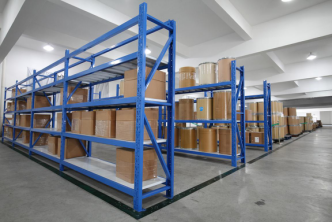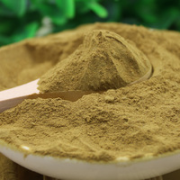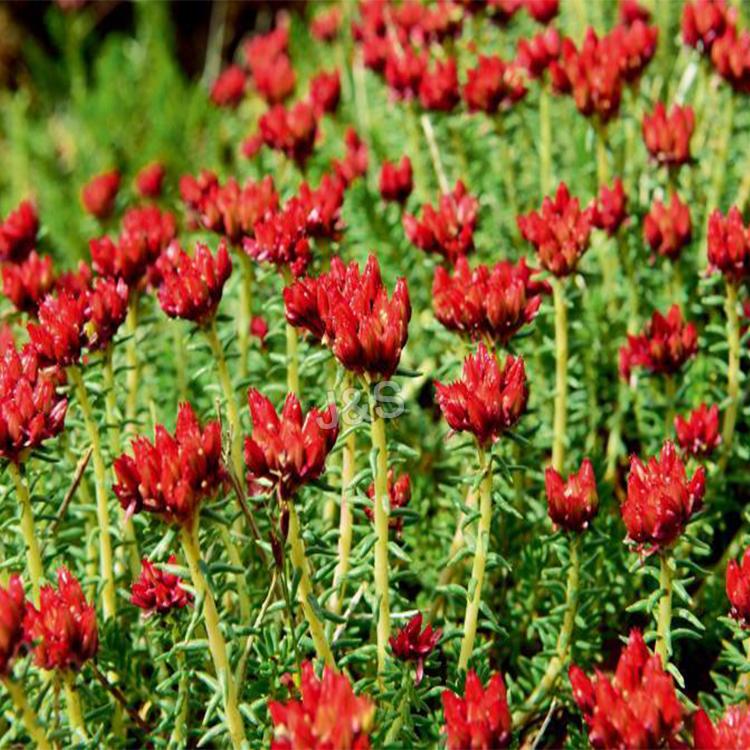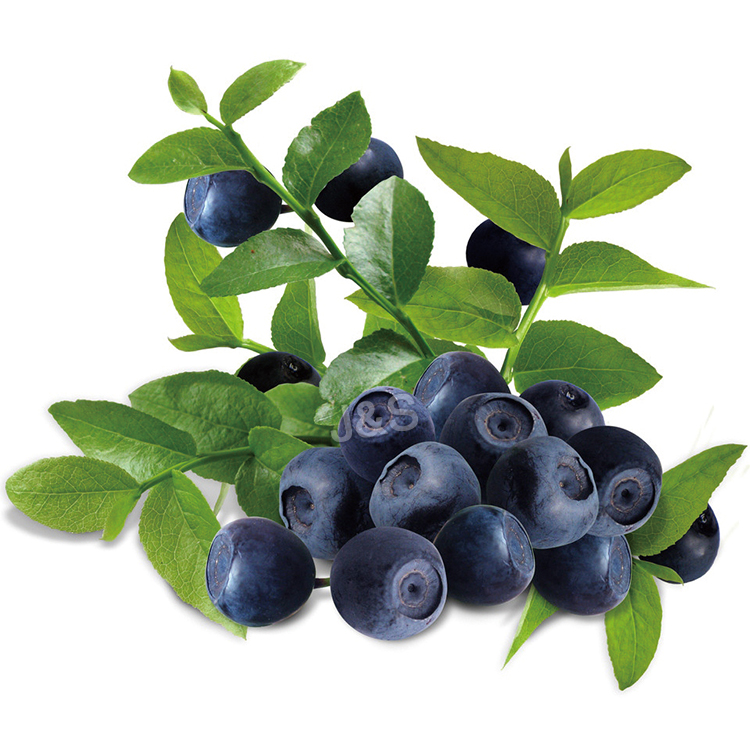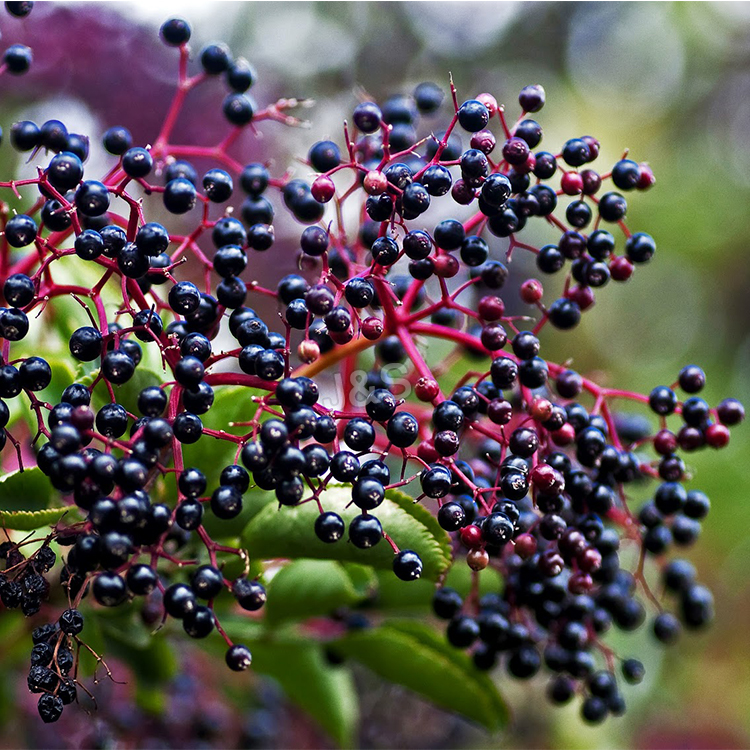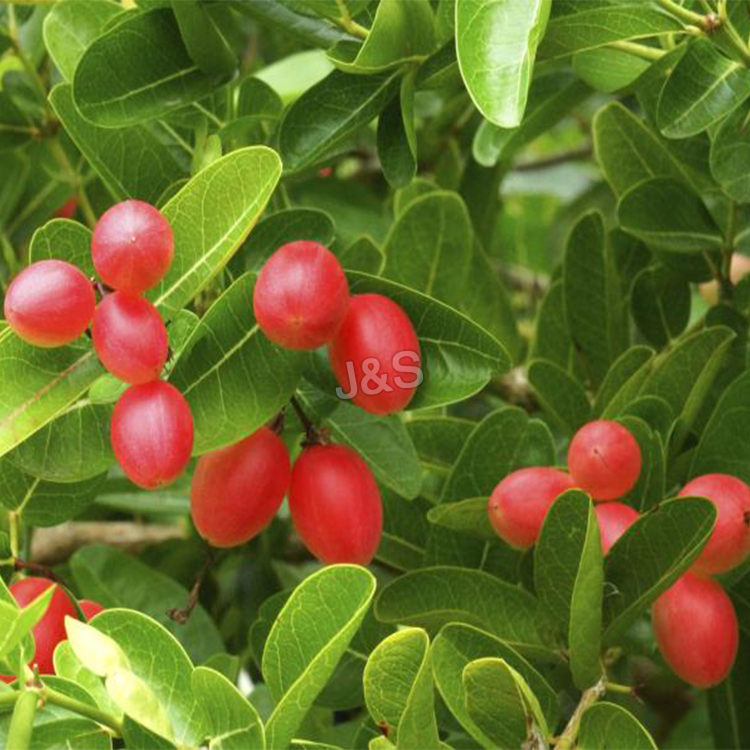Chinese wholesale Organic Propolis powder Factory for Riyadh
Chinese wholesale Organic Propolis powder Factory for Riyadh Detail:
[Products Name] Propolis powder, Propolis extract powder
[Specification]
Propolis content 60%,70%,80%
Water-soluble propolis powder 60%,70%,80%
[Gerneral feature]
1. Low antibiotics
2. Low PAHs, can approve to 76/769/EEC/German:LMBG;
3.Organic certified by ECOCERT, according to EOS & NOP organic standard;
4.Pure natural propolis;
5.High content of flavones;
6.Anti-block;
7. Manufacturer supply.
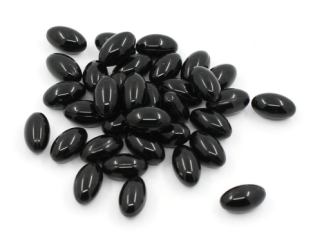
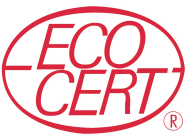
[Packaging]
1. 5kg/aluminum foil bag, 25kgs/carton.
[How to get it]
First, we collect raw propolis from beehives, then extract by low temperature with ethanol. Filter and concentrate, we get the pure propolis block at 98%. Then Low temperature crushing, adding edible and medicinal excipients, finally we get propolis powder.
[Introduction]
Propolis comes from the substance like natural resin, which is collected by the bees from exudates of plants branches and bud the chemical substances of Propolis are found to be various, such as beeswax, resin, incense lipids, aromatic oil, fat-soluble oils, pollen and other organic matter. Studies have shown that the source of propolis resin in material has three types: bees collected plants secreted fluid, secretion in vivo metabolism of bee, and involvement in the process of forming the material.
We can supply Propolis Extract with food-grade and medicine-grade .The raw materiall is came from non-polluting food grade propolis .Propolis extract was made of high-grade propolis. It maintains the propolis effective ingredients during the procedure of extraction under constant low temperature , taking off the useless substances and sterilization.
[Function]
Propolis is a natural product processed by bees mixed with glutinous and its secretion.
Propolis contains more than 20 kinds of useful flavonoids, rich vitamins, enzymes, amino acids and other microelements, etc. Propolis is called “purple gold” owing to its valued nutrients.
Propolis can remove free radical, lower blood sugar and blood fat, soften blood vessels, improve micro-circulation, enhance immunity, anti-bacteria and anti-cancer.
Product detail pictures:

Related Product Guide:
Our primary intention should be to offer our clientele a serious and responsible enterprise relationship, delivering personalized attention to all of them for Chinese wholesale Organic Propolis powder Factory for Riyadh , The product will supply to all over the world, such as: Swiss, Greece, US, Our products are exported worldwide. Our customers are always satisfied with our reliable quality, customer-oriented services and competitive prices. Our mission is "to continue to earn your loyalty by dedicating our efforts to the constant improvement of our items and services in order to ensure the satisfaction of our end-users, customers, employees, suppliers and the worldwide communities in which we cooperate".
In this video I discuss what are complex carbohydrates, and some foods that contain them. I also discuss what is starch food, and I cover some starchy foods. I also look at what are polysaccharides, and what are oligosaccharides, and how some oligosaccharides are prebiotic foods.
Transcript (partial with notes).
What are complex carbohydrates?
Complex carbohydrates are made up of monosaccharides, or simple sugar molecules, not the table sugar that might come to mind, and these molecules are joined together to form long chains. There are mainly two classifications of complex carbohydrates, oligosaccharides, and polysaccharides.
Oligosaccharides consist of 3 to 10 simple sugars joined together such as fructo-oligosaccharides which consist of a short chain of fructose molecules. Most oligosaccharides are not digested in the body because we lack an enzyme to break them down, meaning that some of them are a form of fiber.
Some forms of oligosaccharides act as a prebiotic, which means they promote the growth of good gut bacteria. Foods that contain oligosaccharides include chicory root, artichokes, onions, garlic and asparagus.
Polysaccharides consist of more than 10 simple sugars joined together. Starch and cellulose are 2 of the main polysaccharides. Starch consists of many glucose molecules joined together, and the body can break them down and use the glucose for energy. Starchy foods include potatoes, rice, wheat, and corn.
Cellulose also consists of many bonded glucose units, however their bond are different that starches, and the body cannot break them down. So, cellulose is a form of fiber.
Cellulose fiber helps remove waste from the body and it can also bind to excess cholesterol and sugar in the intestines and remove them in solid waste. Foods high in cellulose include fruits, veggies, grains and nuts.
Complex carbohydrates are digested more slowly than simple carbs, as it takes the body longer to break them down, and their fiber content naturally slows digestion, making you feel fuller.
What is Propolis ? Antiseptic properties. Antibiotic, antibacterial, antifungal & antiviral. Royal Jelly, Bee Pollen. Medicinal marvel from the beehive. Research shows it offers antiseptic, antibiotic, antibacterial, antifungal, and even antiviral properties. Propolis is Nature’s premiere preventive. It is so powerful in action, it is often called Russian penicillin. Propolis is a very sticky substance the consistency of bubble gum from dark to very dark in color. Honey Bees collect resin from certain trees and plants (mostly conifers) to make Propolis. Old beekeepers like me call it bee glue. The bees carry it home like they carry pollen back to the hive but you probably have not read that before. If you consume pollen, you probably have never been told there is Propolis in pollen. It is like gold in a silver mine. You probably have been told, those hard granules in the pollen are due to the pollen having been dried. A lot of those granules could be Propolis. Propolis is hard as steel when it is cool or cold and very very sticky when it is warm. Most people in the states have not even heard the word Propolis let alone know what it is. It is a wonderful product. Spell check in your computer doesn’t even have the word Propolis.
The term “propolis” comes from two Greek words: “pro,” which means “before,” and “polis,” which means “city.” This ancient term came into being centuries ago when some early Greek student of Nature established the fact that honeybees made and used propolis.
Chemically speaking, propolis is a very complex mixture. Its chemical elements vary according to its source. Colors range from golden brown to brownish green to reddish brown to blackish brown. A broad analysis reveals approximately 55 percent resinous compounds and balsam, 30 percent beeswax, 10 percent ethereal and aromatic oils, and 5 percent bee pollen. Many flavonols contribute to propolis. Other components include cinnamic acid, cinnamyl alcohol, vanillin, caffeic acid, tetochrysin, isalpinin, pinocembrin, chrysin, galangin, and ferulic acid.
The company leader recept us warmly, through a meticulous and thorough discussion, we signed a purchase order. Hope to cooperate smoothly
